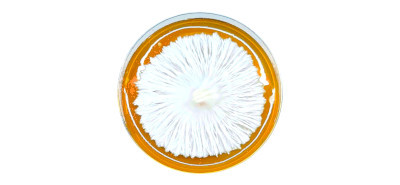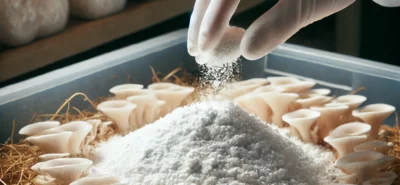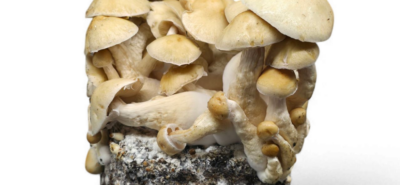Mushroom Cultivation Beginners Guide
Are you interested in cultivating your own mushrooms at home? Mushroom cultivation is a fascinating and rewarding hobby that allows you to grow a variety of edible and medicinal mushrooms right in your own space. Whether you’re a seasoned gardener or new to the world of mycology, this beginner’s guide will provide you with the essential steps to get started on your mushroom cultivation journey.
Step 1: Choose Your Mushroom Species
The first step in mushroom cultivation is selecting the species you want to grow. There are numerous varieties to choose from, each with its own growth requirements and unique flavors. Some popular choices for beginners include oyster mushrooms (Pleurotus ostreatus), shiitake mushrooms (Lentinula edodes), and white button mushrooms (Agaricus bisporus). Research the specific needs and characteristics of each species to make an informed decision.
Step 2: Prepare the Growing Substrate
Mushrooms require a growing medium or substrate to thrive. The substrate provides the necessary nutrients for the mycelium (the vegetative part of the mushroom) to grow and eventually produce mushrooms. Common substrates include sterilized grains (such as rye or millet), sawdust, straw, or a combination of these materials. Follow proper sterilization techniques to ensure a clean and sterile environment for your mushrooms to grow.
Step 3: Inoculate the Substrate
Once your substrate is prepared and cooled, it’s time to inoculate it with mushroom spawn. Mushroom spawn consists of mycelium-infused material that serves as the starting point for mushroom growth. You can purchase ready-to-use spawn from reputable suppliers or create your own using a sterilized culture. Carefully introduce the spawn to the substrate, following the specific instructions provided for your chosen mushroom species.
Step 4: Create the Ideal Growing Environment
Mushrooms thrive in specific environmental conditions. Temperature, humidity, and light are crucial factors to consider when creating the perfect growing environment. Different mushroom species have varying requirements, but most prefer temperatures ranging from 18-24°C (64-75°F) and humidity levels around 70-90%. Some species also require darkness or indirect light, while others benefit from exposure to natural or artificial light. Research the ideal conditions for your chosen mushroom species and make the necessary adjustments to provide optimal growing conditions.
Step 5: Maintain and Monitor the Growth
Once your mushrooms are growing, it’s important to monitor their progress and make any necessary adjustments. Regularly check the moisture levels of the substrate and mist with clean water if needed. Maintain proper ventilation to prevent the buildup of carbon dioxide. Monitor for any signs of contamination or pest infestation, and take appropriate measures to address these issues promptly.
Step 6: Harvest and Enjoy
After weeks of patience and care, your mushrooms will be ready for harvest. Harvest the mushrooms when they reach the desired size and maturity. Use a clean knife or scissors to cut the mushrooms at the base of the stem. Avoid pulling or twisting, as this can damage the mycelium. Once harvested, store the mushrooms properly in a cool, ventilated space or enjoy them fresh in your favorite recipes.
Step 7: Reflect and Learn
Mushroom cultivation is a continuous learning process. Take the time to reflect on your cultivation experience and learn from any challenges or successes you encounter. Experiment with different techniques, species, and growing methods to expand your knowledge and skills. Connect with fellow mushroom enthusiasts, join online communities, and attend workshops or events to further enhance your understanding of mushroom cultivation.
Remember, patience and attention to detail are key in successful mushroom cultivation. With time, practice, and a bit of experimentation, you’ll be on your way to growing your own bountiful harvest of delicious mushrooms.




